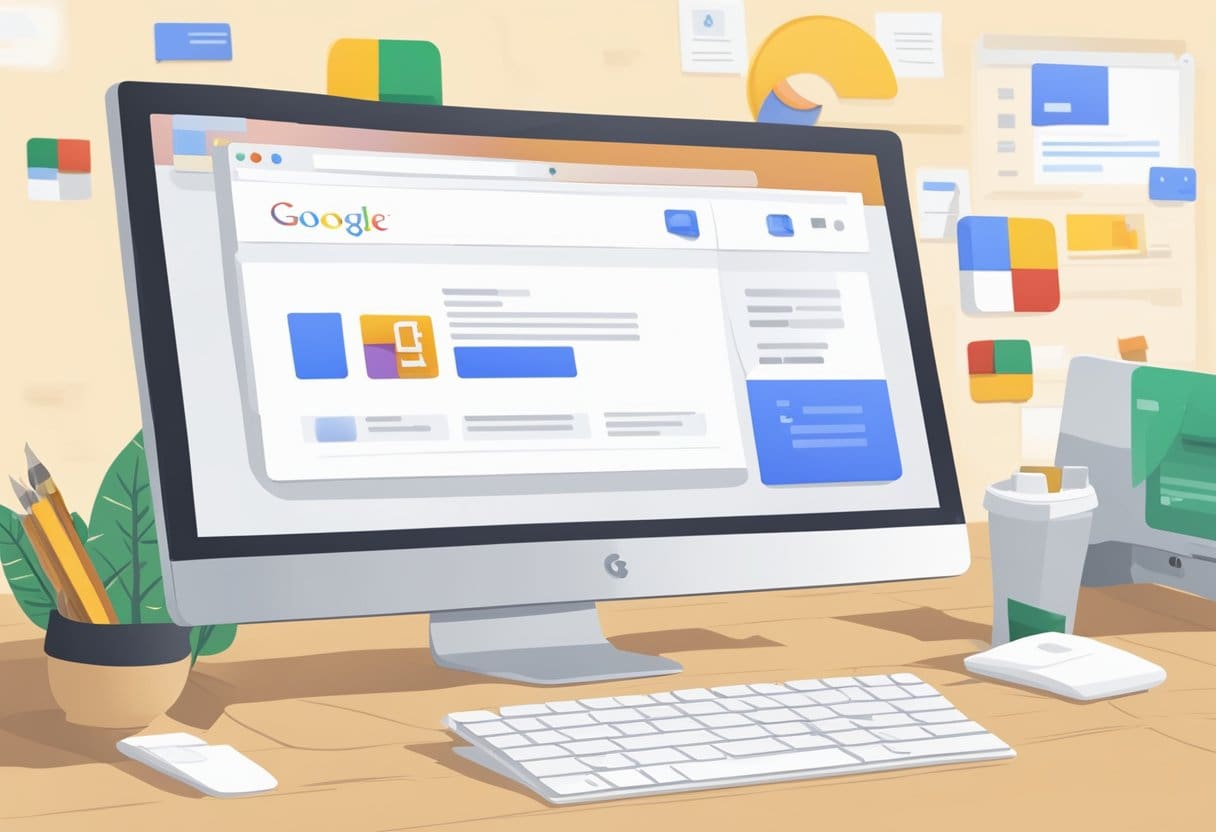Google Cloud and Google Drive are both products of Google and are misunderstood as the same, but in reality, they are similar and not the same.
Google Cloud and Google Drive made backup easy since before online storage, people used to have their backups on hard drives, and people used to buy multiple hard drives for multiple data storage.
Many times hard drives used to get damaged and not only was the repair cost huge maintenance, but also, it used to happen sometimes that the data inside the hard drives turned out to be corrupted, which could not be retrieved again.
Key Takeaways
- Google Cloud refers to a suite of cloud computing services offered by Google, including infrastructure, platform, and software services, that enable businesses to develop and run applications, store data, and perform analytics.
- Google Drive is a file storage and synchronization service provided by Google, allowing users to store, share, and collaborate on files and documents using cloud-based storage.
- The primary differences between Google Cloud and Google Drive involve their scope, functionality, and target users, with Google Cloud offering a wide range of services for businesses and developers. At the same time, Google Drive focuses on file storage and collaboration for individual users and teams.
Google Cloud vs. Google Drive
The difference between Google Cloud and Google Drive is google cloud is an online storage platform, whereas google drive is a personal storage platform. Google, in real terms, has made our lives easy.

Comparison Table
| Parameters of Comparison | Google Cloud | Google Drive |
|---|---|---|
| Audience | Google Cloud is for developers to store their backups. | Google Drive is for any normal user to store personal backups. |
| Cost | Google Cloud costs vary from 4 different storage options available. | Google Drive is free for the first 15 GB of storage and aftermath, |
| Features | Google Drive offers file sharing and multiple-user editing with ease. | Google Drive, which was developed by Google, is free for uploading and syncing data. |
| Security | Google Cloud has Granular IAM permission as security. | Google Drive is secured with Gmail Account’s password. |
| Files | Users can obtain the deleted or overwritten files while versioning. | Users can obtain deleted or overwritten files while versioning. |
| Sync | Google Cloud needs 3rd party for sync. | Google Drive has its own. |
| Location | Google Cloud has the feature of specifying the location for backup. | Google Drive lacks features regarding location information. |
What is Google Cloud?
Google Cloud Storage is a service provided online to store data on GCP (Google Cloud Platform). Google Cloud Storage has very tight security for storing backups, and that’s the reason developers choose Google Cloud over Google Drive.
Google Cloud offers four storage classes: Multi-Regional Storage Class, Regional Storage Class, Nearline Storage Class, and Coldline Storage Class.
Companies who use Google Cloud Storage / Google Cloud Platform are as follows:
- eBay
- The New York Times
- LG ENS
- Metro
- HSBC
- McKesson
- Nielsen
- National Institutes of Health
- PayPal
- Sky U.K
- Target
- AccuWeather

What is Google Drive?
Google developed Google Drive as a file storage platform and synchronization service. Google Drive has launched on 24th April 2012, approximately 8 years ago.
Google Docs, Google Sheets, and Google Slides are encompassed by Google Drive, which allows collaborative editing and file sharing.
Google Drive works as SaaS – Software as a Service, available for Windows, Mac, iOS, and Android. Google Drive also supports easy sharing and access at any time from anywhere.
Companies who use Google Drive are as follows:
- StackShare
- Lyft
- Stack
- Alibaba Travels
- Kmong
- CRED
- Fiverr
- Paralect

Main Differences Between Google Cloud and Google Drive
- Google Cloud needs payment only for what we use, whereas Google Drive has monthly subscriptions.
- Google Cloud storage is online, whereas Google Drive storage is personal.





